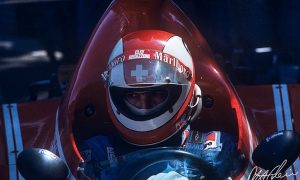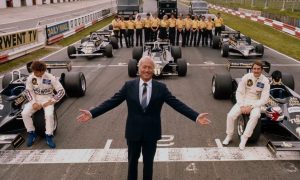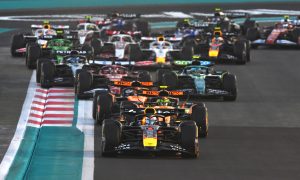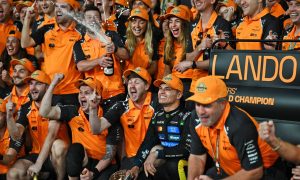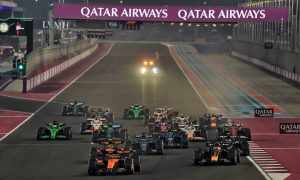
©Alpine
Let’s cut to the chase. By “timely opportunity”, we mean Alpine taking advantage of eye watering team valuations in Formula 1 to sell its whole lock, stock and barrel, and terminate its ill-fated venture at the pinnacle of motorsport while ensuring a substantial return on investment for parent company Renault.
It’s time for Alpine to open its books, save face and seek the highest bidder, as viable alternatives are as scarce as water in the desert.
Stuck in the Mud Since 2016
Ever since Renault grabbed the reins of a team in 2016 that was pretty much just the Lotus F1 name, they've been stuck in a colossal mess that seems trickier to wriggle out of than a greased pig at a county fair.
Flashback to 2016, when Renault chief executive Carlos Ghosn boldly stood at the Technopole de Guyancourt presentation, claiming that the French cars would be gunning for glory within three years. Ghosn even threw in the tantalizing prospect of a championship in the longer term.
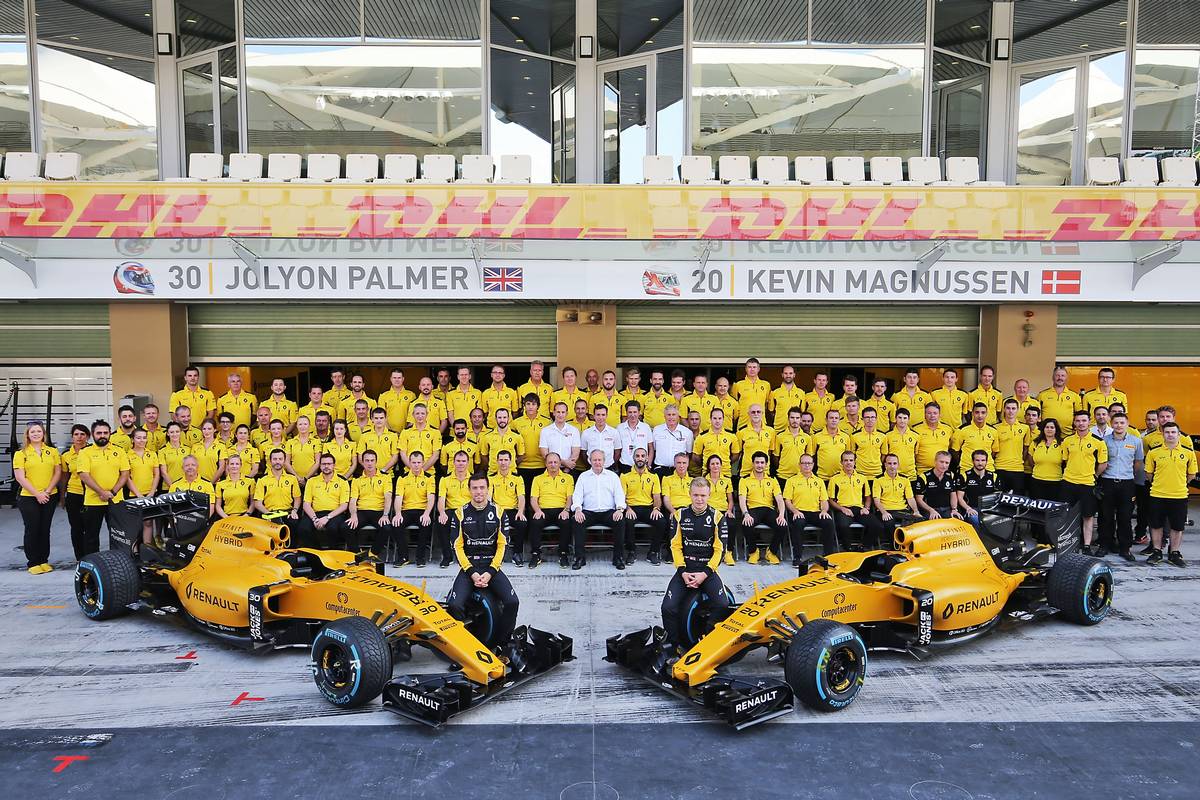
But for the past nine seasons, Renault has been chasing its glorious F1 past without ever really stepping up to the plate – be it in terms of budget, technology or human resources.
As results fell short of expectations and targets were missed, a seemingly endless game of finger-pointing set in, where managers and technical staff were discarded according to whoever drew the shortest straw, or perhaps whichever way the wind blew that day.
The team’s identity switch to Alpine F1 did little to shake off its ‘blame game’ bad habit, leading the outfit straight down a deep rabbit hole.
Szafnauer’s supersized challenge gets derailed by de Meo
In the high-strung world of Formula 1, time is an unyielding commodity. The unforgiving nature of the sport is laid bare with each passing race as the stopwatch delivers its verdict with brutal honesty. Excuses hold no sway in this realm, and empty promises offer no refuge. Competition is fierce, and if you’re not moving forward, you’re slipping down the ranks.
In February 2022, Renault CEO Luca de Meo entrusted Alpine F1’s day-to-day running to F1 veteran manager Otmar Szafnauer – the man who successfully guided minnow outfit Force India to the top of the sport’s mid-field before overseeing its transformation into Aston Martin F1.
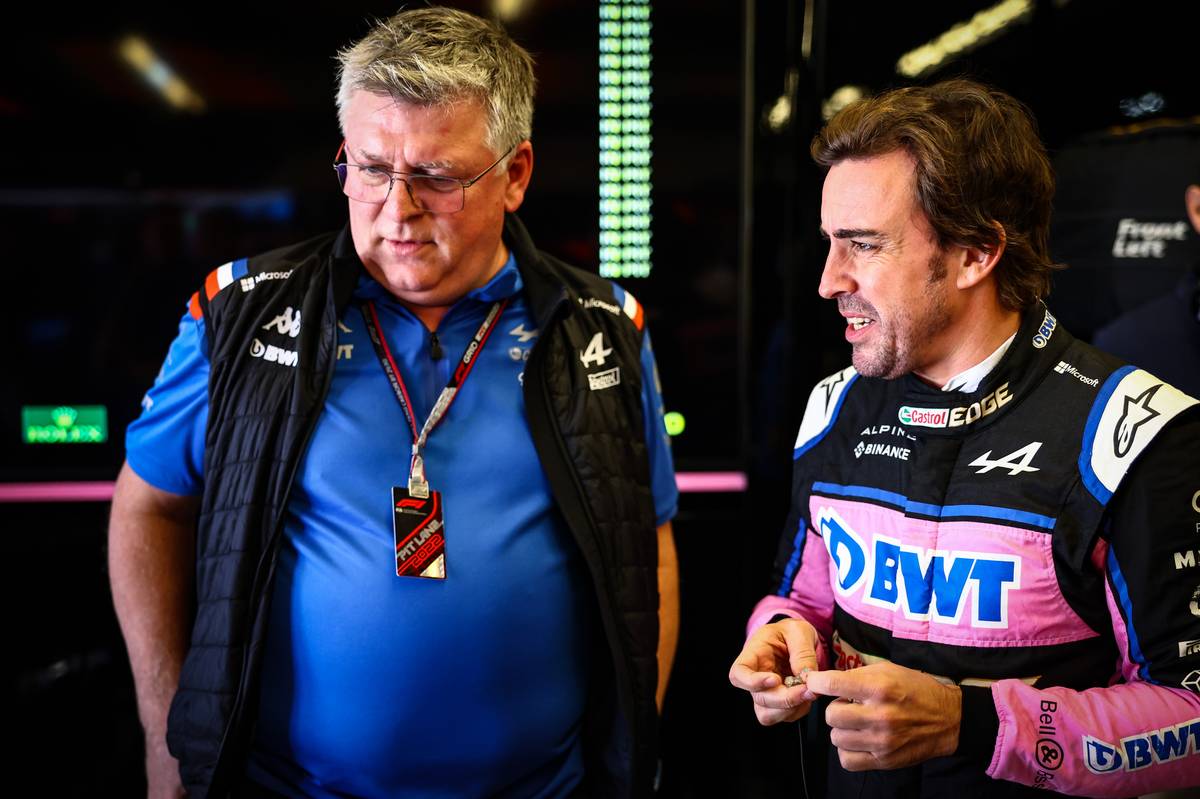
It was a rare smart move by the French manufacturer’s top brass, one that recognized Szafnauer’s F1 credentials and vast experience.
At Aston Martin, to bolster the team foundation, the American had recruited Dan Fallows, who served as Adrian Newey's right-hand man at Red Bull, as well as Eric Blandin, the aerodynamics chief at Mercedes, alongside other seasoned engineers. He then left Aston Martin in January 2022, and Team Silverstone’s loss should have been Alpine’s gain.
Szafnauer’s mission upon his arrival at Enstone followed a similar process to the one implemented at Aston: establish a robust organization with the foremost talents in the market, based on the manufacturer’s 100-race plan to make the French outfit a title contender.
Szafnauer trusted de Meo to 'be true to his word' and to give him the time he needed. However, Renault’s management suddenly expressed an eagerness to fast-track Alpine’s path to success, which reset the team’s timeline to a much shorter scale.
It was an unexpected and ill-considered revision that greatly frustrated the American team principal and led to a split between the two parties after just a year and a half together.
Last one to leave turns out the lights
As a measure of Alpine’s recklessness, long-standing sporting director Alan Perman followed Szafnauer on his way out the day after the Belgian Grand Prix, while CTO Pat Fry opted for a change of scenery, moving to Williams.
More recently, special consultant Bob Bell chose to leave Enstone for Aston Martin, while top engineers Matt Harman and Dirk de Beer, who had overseen the design of Alpine’s disappointing A524, handed in their resignation.
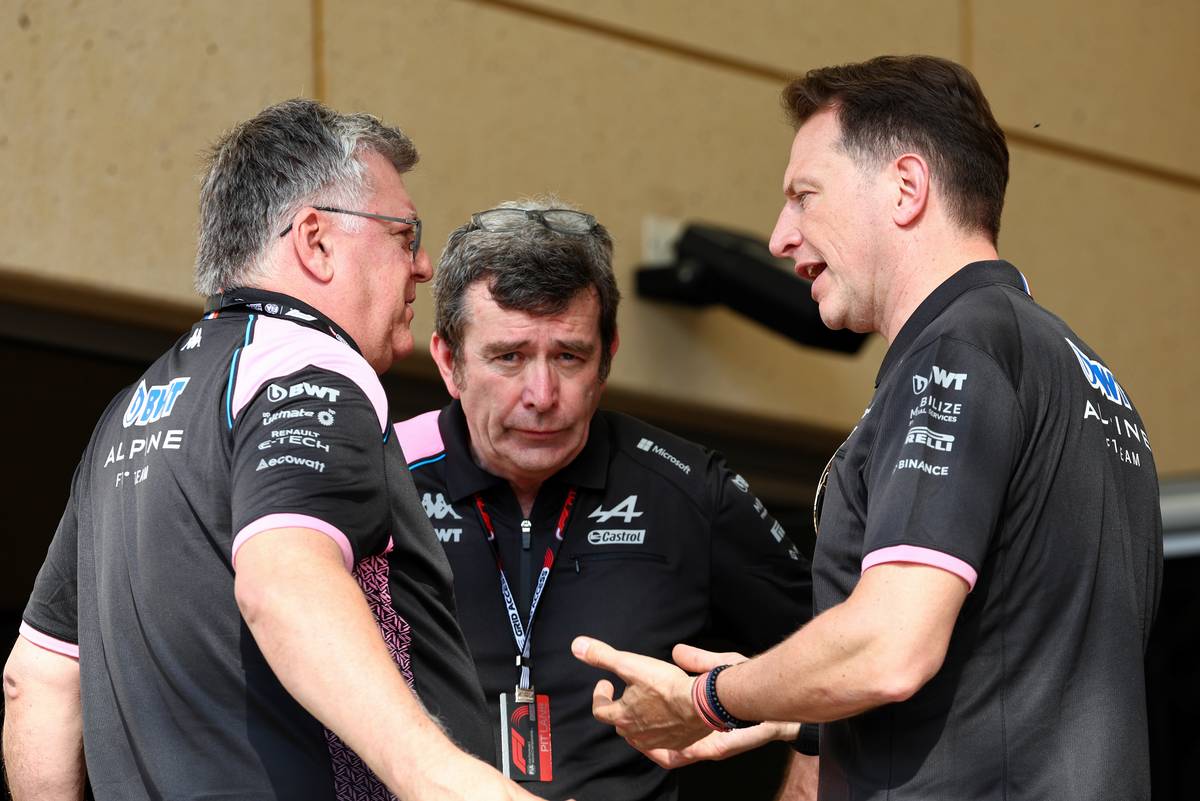
Steering Alpine’s sinking ship through a sea of naval mines, Bruno Famin - who took over from Szafnauer last summer as Alpine’s team principal, and whose Formula 1 experience at that point had been limited to implementing Covid protocols for the FIA - finds himself ill-equipped to reverse the team's fortunes.
An organizational quagmire with fading hopes
Alpine's organizational structure presents a concerning array of vacancies, akin to a block of Swiss cheese. Firings and departures have led to the promotion of in-house personnel reticent to assume heightened responsibilities in light of their predecessors’ fate. Against such a backdrop of internal uncertainty, attracting skilled professionals from rival entities appears fanciful.
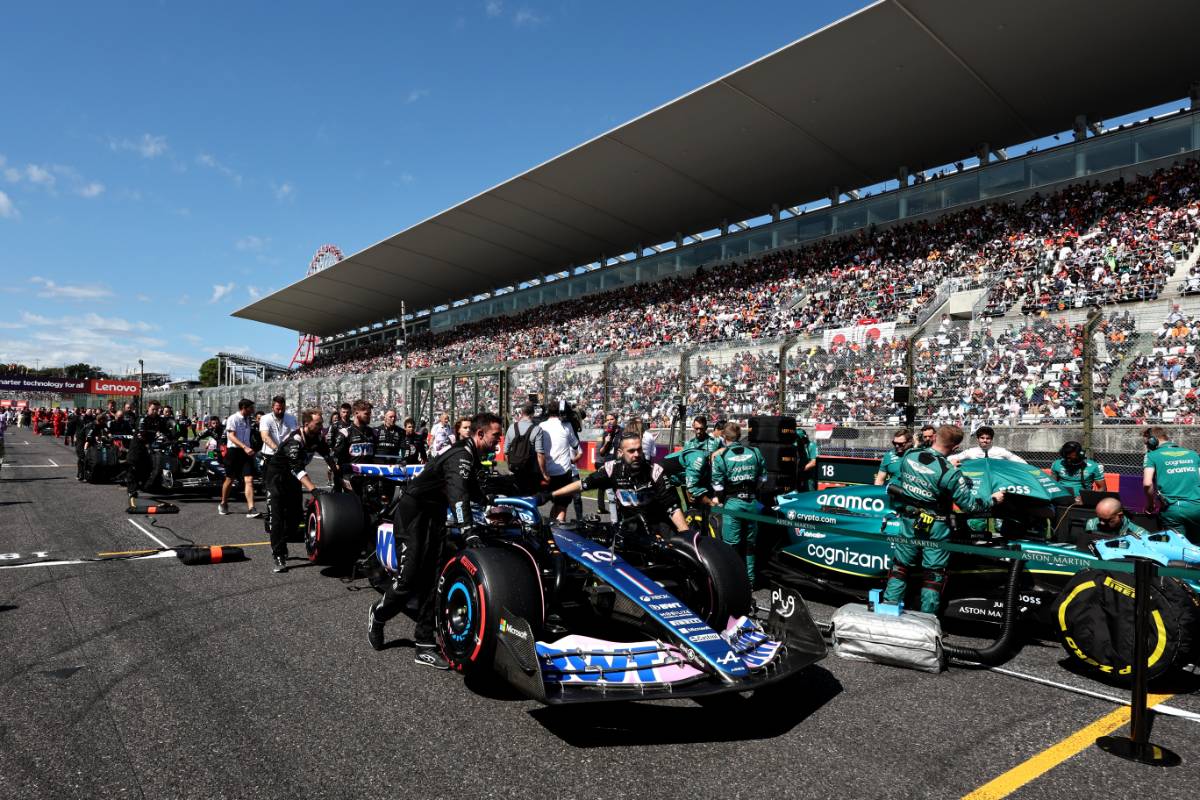
Indeed, what qualified engineer would willingly embark upon a venture fraught with such volatility? The prospect of effecting a course correction and positioning Alpine upon a trajectory of success appears increasingly remote, spanning not only the current season and the subsequent, but extending even to 2026, when the sport’s next-generation engine regulations are introduced.
But without a customer team comparative analysis from which to derive a proper benchmark, many doubt that Viry-Châtillon’s technicians will be able to design a competitive all-new power unit.
F1's gold rush: The ultimate getaway ticket
Under the economic framework introduced by Liberty Media, Formula 1 has evolved into a lucrative enterprise, rendering franchises highly coveted assets.
Williams was acquired for $200 million amidst the tumult of the pandemic. Four years on, the Grove-based outfit’s value is estimated to have gone up four-fold.
Following suit, Audi made a substantial investment of $600 million to secure a 75% stake in Sauber, subsequently signaling its intent to acquire the remaining quarter, presently held by Swedish billionaire Finn Rausing.
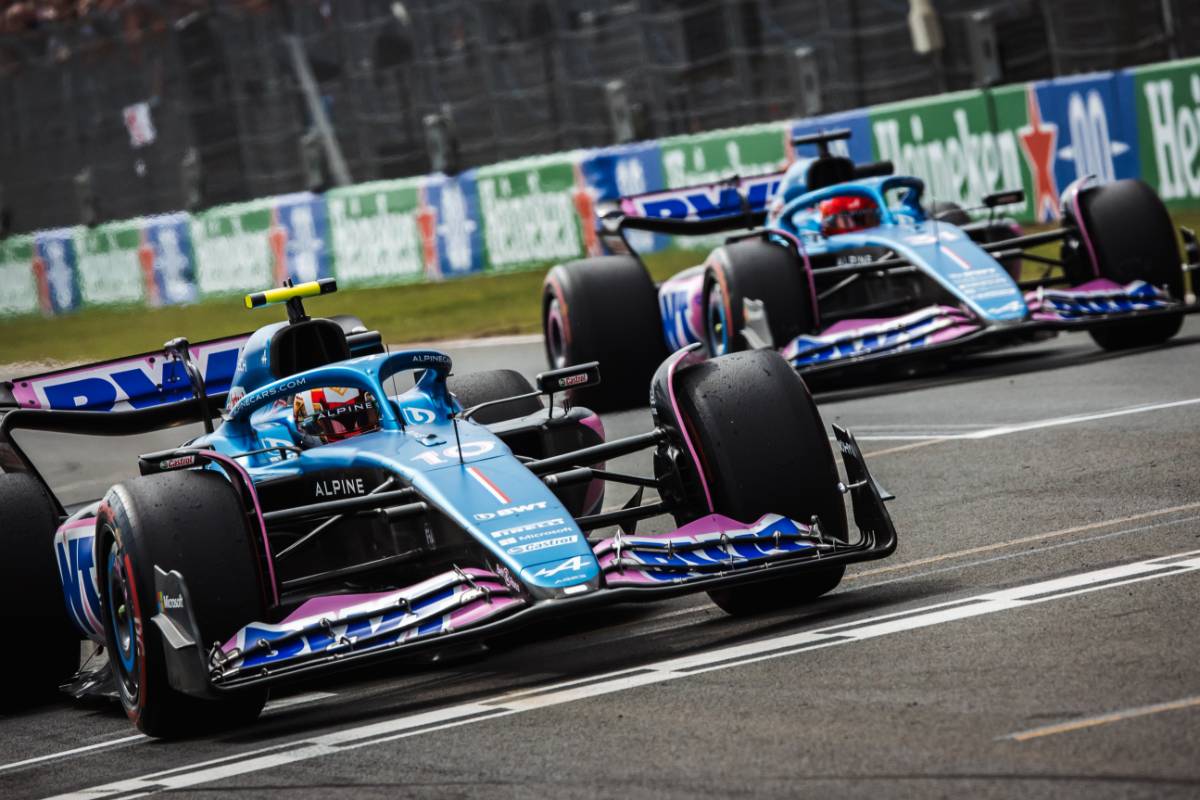
Alpine itself lured a consortium of investors led by Hollywood actor Ryan Reynolds that injected $200 million into the team at a valuation of $900 million. More recently, Aston Martin sold a minority stake to private equity firm Arctos Partners which reportedly valued the team at $1 billion.
Concurrently, Michael Andretti and his associates have persistently pursued an entry into Formula 1, albeit without success, as evidenced by their unsuccessful takeover efforts involving Haas, AlphaTauri, and Sauber.
Seize the moment, take the money and run
For Alpine, its exit strategy from F1 is now unequivocally defined. The beleaguered French outfit faces a binary choice: persist in its downward trajectory, ensnared in mediocrity at the rear of the grid, or undergo a competitive auction process, with the highest bidder, notably Andretti fervently advocating for a spot on the grid.
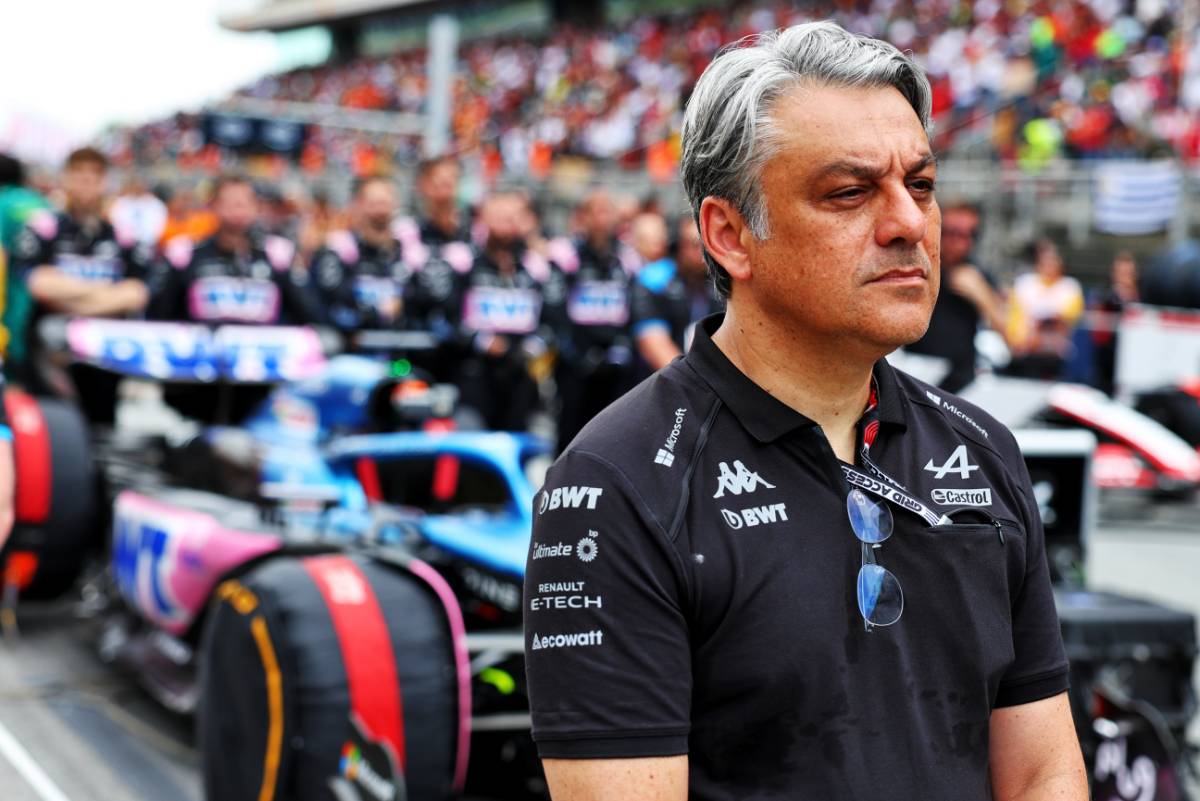
For Renault, such a divestiture presents an opportunity to recoup their initial investment and potentially realize a considerable profit of at least $600 million. Such a transaction would hold the promise of restoring Renault's standing within the industry and extricating the company from its present conundrum while perhaps retaining a presence in the sport as an engine manufacturer.
As for the Alpine brand, greener pastures await in the World Endurance Championship, a series better aligned with the marque's DNA and heritage.
But acting promptly is imperative, as the F1 team’s current high valuation may not persist indefinitely. It’s now up to the Renault Group to seize this opportune moment to take the money and run!



